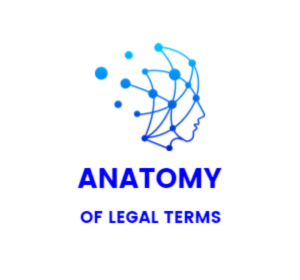About the project

Legal terms matter. They are powerful naming devices: they categorise the legally-constructed world. Since they originate from legal acts, these categorisations become sanctioned and imposed on society. While they are part of legal experts’ basic cognitive toolkit, terms are not restricted to the legal domain. In fact, they affect our everyday life.
Yet terms are often taken for granted. Traditionally, terms have been perceived as units of specilised language which are created and used by experts — specialists of a given domain. In more recent approaches to terminology, terms are regarded as cognitive, linguistic and communicative units, that is units of legal knowledge, legal language and legal communication. They are at the core of legal discourses and are their fundamental building blocks which activate rich knowledge structures necessary to interpret legal texts. They enable experts to structure legal knowledge and communicate with other members of the discourse community — both experts and lay people. However, the perspective of the latter is often ignored. Secondly, despite significant advances in the field of Terminology studies, there is little empirical work and theoretical reflection on their nature.
The objective of this interdisciplinary book is to overhaul our understanding of legal terms and advance an evidence-based theoretical reflection on them. EU (European Union) English terminology was chosen as the focus of analysis due to its significance: with English remaining the main drafting language of Union legal acts, it has a profound impact on the EU member states’ terminological systems. Thus, it has a potential of advancing the theory of terminology and lending insights into the interplay of language and law in the European Union.
The empirical study uses two main datasets of EU terms: (1) 7,000 terms extracted from a corpus of EU legal acts and contrasted with UK English and Irish terms; and (2) 700,000 terms documented in IATE, EU institutions’ term base. The study examines the ‘anatomy’ of legal terms. Anatomy is defined in Oxford English Dictionary as “the process, subjects, and products of dissection of the body; (…) “the artificial separation of the different parts of a human body or animal (…), in order to discover their position, structure, and economy”. Thus, applied to terminology, anatomy will mean an in-depth analysis of the form, structure, complexity, distribution and function — in short, the aesthetics and function of form. To do so, I adopt a multidimensional perspective on terms. It accounts for drafters’ perspective as evidenced through defined terms, terminologists’ perspective as evidenced in the IATE term base and lay users’ experience as revealed through the linguistic complexity of legal terms. These data lay ground for theoretical reflection on the termness of terms: in other words, what makes a term a legal term or an EU term. Ultimately, this project aims at shedding some light on how legal knowledge should be communicated to non-experts.
Funding: The project has been funded with idub grant BOB-IDUB-622-169/2022 Termness of terms: An anatomy of legal terms and non-expert users’ communicative experience and Corbridge Trust Scholarship, Robinson College, University of Cambridge, 2024 (An Anatomy of Legal Terms: Advancing an Evidence-Based Theoretical Reflection on Legal Terminology).
Logo created by DesignEvo logo maker
